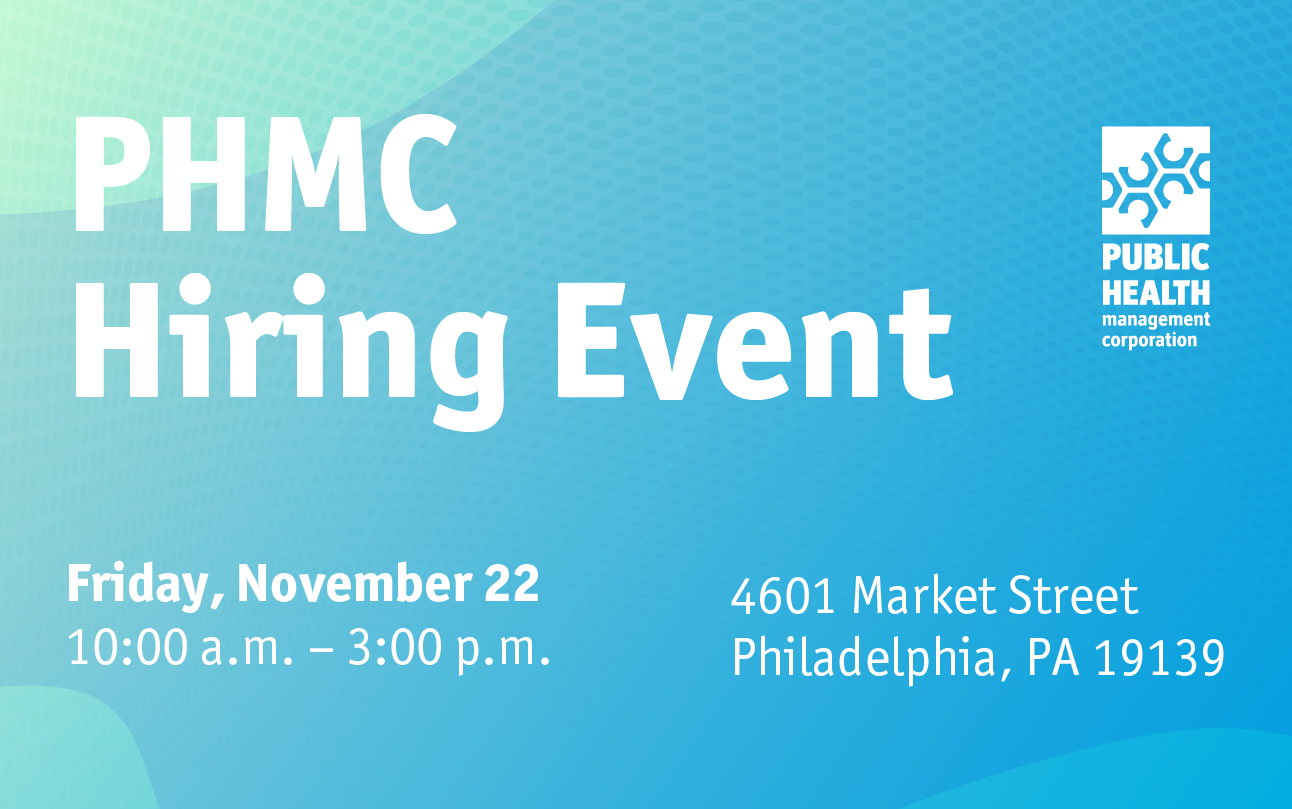 Many of us approach this season happily thinking of the time we'll spend outside and the abundance of fresh fruit and vegetables on our tables. From a public health perspective, these thoughts also bring up questions about populations that miss out on the health benefits of good food and recreation or take undue safety risks as they venture outdoors.
Many of us approach this season happily thinking of the time we'll spend outside and the abundance of fresh fruit and vegetables on our tables. From a public health perspective, these thoughts also bring up questions about populations that miss out on the health benefits of good food and recreation or take undue safety risks as they venture outdoors.
Throughout the year, PHMC shines a spotlight on improving fitness, reducing the risk of injury and promoting nutrition. Our role as a state and regional public health institute and our unique business model allow us to address these fundamental concerns in a comprehensive manner.
Throughout this issue of DIRECTIONS you will find data that help us to identify, address and evaluate responses to problems related to fitness, nutrition and safety in our region. Our leadership in public health draws from our research and evaluation component that collects and analyzes the data to help PHMC-and more than 350 other regional organizations-develop programs based on hard numbers.
You also will read about many of our programs that address nutrition, fitness and safety, a number of which emanate from PHMC's affiliate organizations. These subsidiary nonprofits have joined the PHMC family over the past 20 years because the affiliate business model offers a viable option to organizations hungry for a structure that will keep the business healthy so they can continue engaging in effective and critical service delivery.
So just in reading about Health Promotion Council's nutrition initiatives through Philadelphia Urban Food and Fitness Alliance and City Harvest; National Nursing Centers Consortium's approach to fitness with Students Run Philly Style; the basketball team at the E3 Power Center from The Bridge; and PHMC's Street Smarts safety offerings, you will come to know us across three of our affiliates and a PHMC-based program.
We apply the right resources at the right levels to the right areas of our business, and we bring this excellence in management services to our affiliates by providing human resources, financial management, information systems, training and communications capabilities-spreading out the costs of running well for all of us. Collectively, we operate at an overhead rate of less than 7%, compared with a typical nonprofit administrative cost of over 15 %. And we find countless programmatic opportunities to join forces to strengthen the value of our mission-critical work.
Thank you for your support in making that work happen. We wish you a safe, nutritious, active summer.
Yours in public health,
![]()
Richard J. Cohen, Ph.D., FACHE
President and CEO of PHMC





